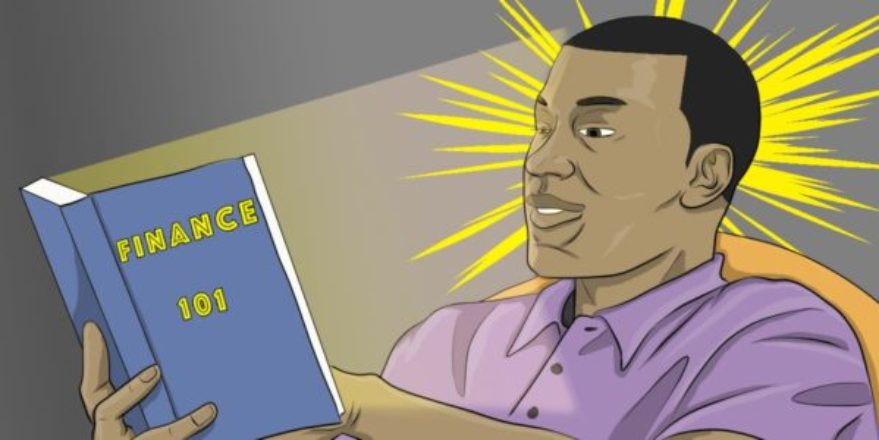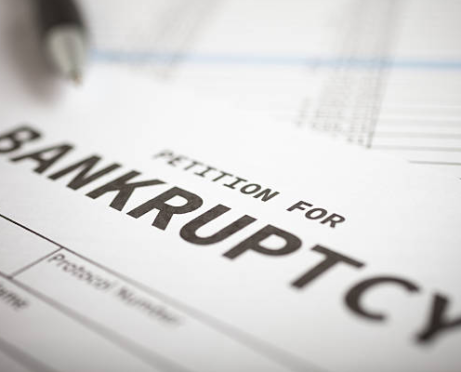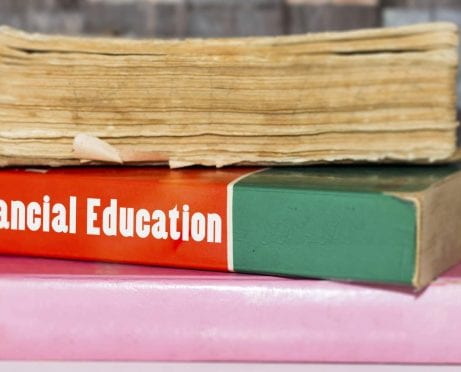
Jonan Everett
National surveys of financial literacy efforts and efficacy are a scant commodity. Given that, the Council for Economic Education’s biennial Survey of the States is truly a beacon in a sea of informational darkness. The 2018 survey continues the trend of providing invaluable national-level information on the status of K-12 education in economics and personal finance. This brief survey contains a wealth of data about what is happening — and not happening — in this sphere.
It should be quite obvious that the financial literacy of U.S. youth will not improve if we do not teach it to them. Yet states’ financial education efforts, on the whole, appear stagnant. The change across the 20-year period that the Council for Economic Education (CEE) has conducted these surveys shows progress — a lot of it. Yet the last two to four years exhibit little or no gain, depending on which financial literacy statistics category you examine.
This App Makes Managing Your Finances Easy — Start Budgeting Today >>
Survey of the States looks at several factors that are key to financial education. Real progress in financial literacy requires that students be offered an appropriate course, that they take the course, and that they are evaluated on the knowledge gained from it. This happens to varying degrees, but the overall level of effort nationally is disappointing.
Financial Education Statistics
A quick glance at financial education statistics might indicate that financial literacy efforts are progressing fairly well. Of the 50 states and Washington, D.C., 22 require that high school students take a course in economics. Yeah! Also, of the 50 states and D.C., 17 require that high school students take a course in personal finance. That’s great news! Except that it isn’t. Of those 17, all but one are the same places that require high school economics.
The total number of states (plus Washington, D.C.) that require high school students to take a course in economics, personal finance, or both: 23. The math here is pretty straightforward. If only 23 out of 50 states and D.C. demand some level of economic or personal finance education at the high school level, that leaves 28 that have no requirement at all. I should note that four of these do require that such a course be available to students. But let’s go back to the math. Again, it’s easy:
Only 23 states requiring financial education out of a possible 51 (including D.C.) is a big-time failure.
And the last part of that “have the course available; have students take the course; test students on it” process? Financial literacy statistics say that only 16 states require standardized testing of economic or personal finance topics. We are failing the youth of this nation in the area of financial literacy. So what do we do now?
Start Managing Your Finances — Download This Personal Finance App >>
Progress and Challenges in Improving Financial Literacy
 There is a lot of good already being done. I could go on for pages applauding the efforts of the CEE and numerous other organizations and individuals in both the not-for-profit and the socially conscious commercial arenas. The work that is being accomplished in the field of financial literacy is mind-boggling, and I am continually blown away by its quality and volume.
There is a lot of good already being done. I could go on for pages applauding the efforts of the CEE and numerous other organizations and individuals in both the not-for-profit and the socially conscious commercial arenas. The work that is being accomplished in the field of financial literacy is mind-boggling, and I am continually blown away by its quality and volume.
Ramping up high school efforts from here is a matter of policy. We need more states on board. Period. We also need more engagement from those states that are already on board.
Failing cannot be the policy.
Besides the issue of scale, there is the issue of accountability. Just because financial education is a requirement doesn’t mean that it is being taught. School systems are plagued by monetary constraints. They simply don’t have the resources for financial education. The reality seems to be that it is blindly optimistic to believe that appropriate economic or personal finance education is presently taking place on a consistent basis in 23 states — or even the 16 that require standardized testing. A district that can’t afford necessary math and history books isn’t rushing out to buy personal finance texts.
What Next?
This is where we all come in. For one, there are a lot of readily available resources for school districts and teachers, and we need to make these financial literacy statistics prove that we're doing right by our kids. . And we have the ability to make noise — a lot of it.
Noise influences policy. So we need to get loud — really, really loud.
We need to be in front of every influential person in state government in every state. Yes, some states are getting positive results. They can be examples, and they can also do more. Collectively, we have a voice. It means finding out who your Congressperson is and sending them an email about why you think financial education should be mandated. Start a petition on Change.org, iPetitions, and GoPetition.
For many of us, our jobs and/or passions revolve around the details of financial literacy, financial literacy efforts, and financial literacy programs. There’s plenty of good stuff. It covers a vast array of topics and approaches. There certainly is diversity in what and how we think things should be done and what and how we believe things work.
But we also need to have one voice. One voice that says it is not okay for any state to be on the sidelines. It is not okay for any state to fail; not okay to fail to offer an appropriate course; not okay to fail to require that the appropriate course be taken; and not okay not to test and evaluate what progress we are making.
We also need one voice to hold people and governments accountable. It is important to have the policies, but not just for the sake of having policies. It is important because it is necessary to have the policies to effect change.
We can disagree on many of the details. I can think one approach is more effective; you can think that another is. There’s a lot in personal finance that is changing — new options, new technologies. We don’t have to have consensus on the details. That will work out over time. There is plenty of room for multiple approaches. Until we can conclusively say one approach is best, it behooves us to have multiple approaches.
But in terms of voice, we need to be one. We need to be one that says the status quo is not sufficient. One that says the youth of this nation deserves better. One saying that we must change, and that we will change. If we can do that, then we can make progress.
Thank you, CEE, for continuing to lead from the front. Armed with information, we can make a difference together.










